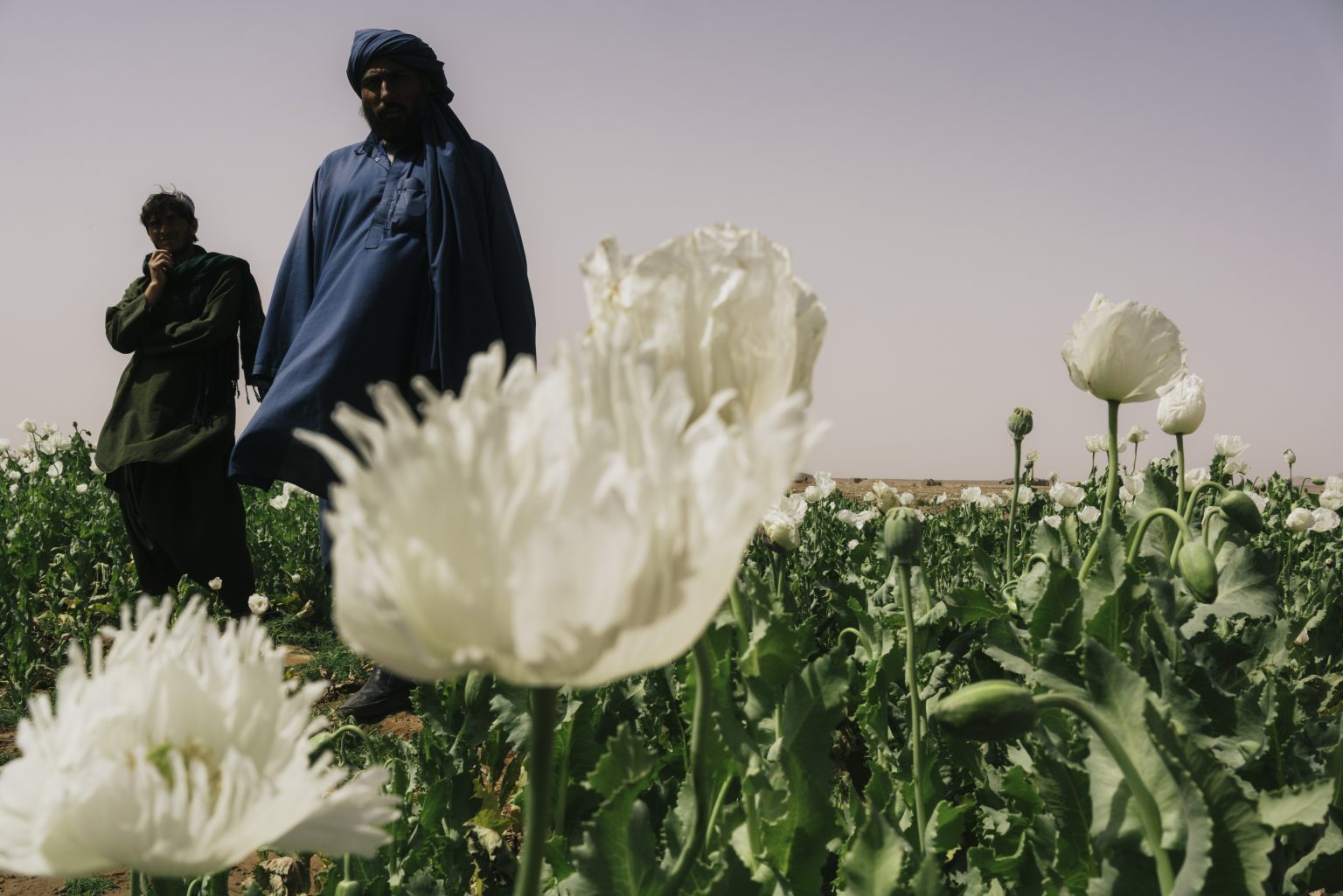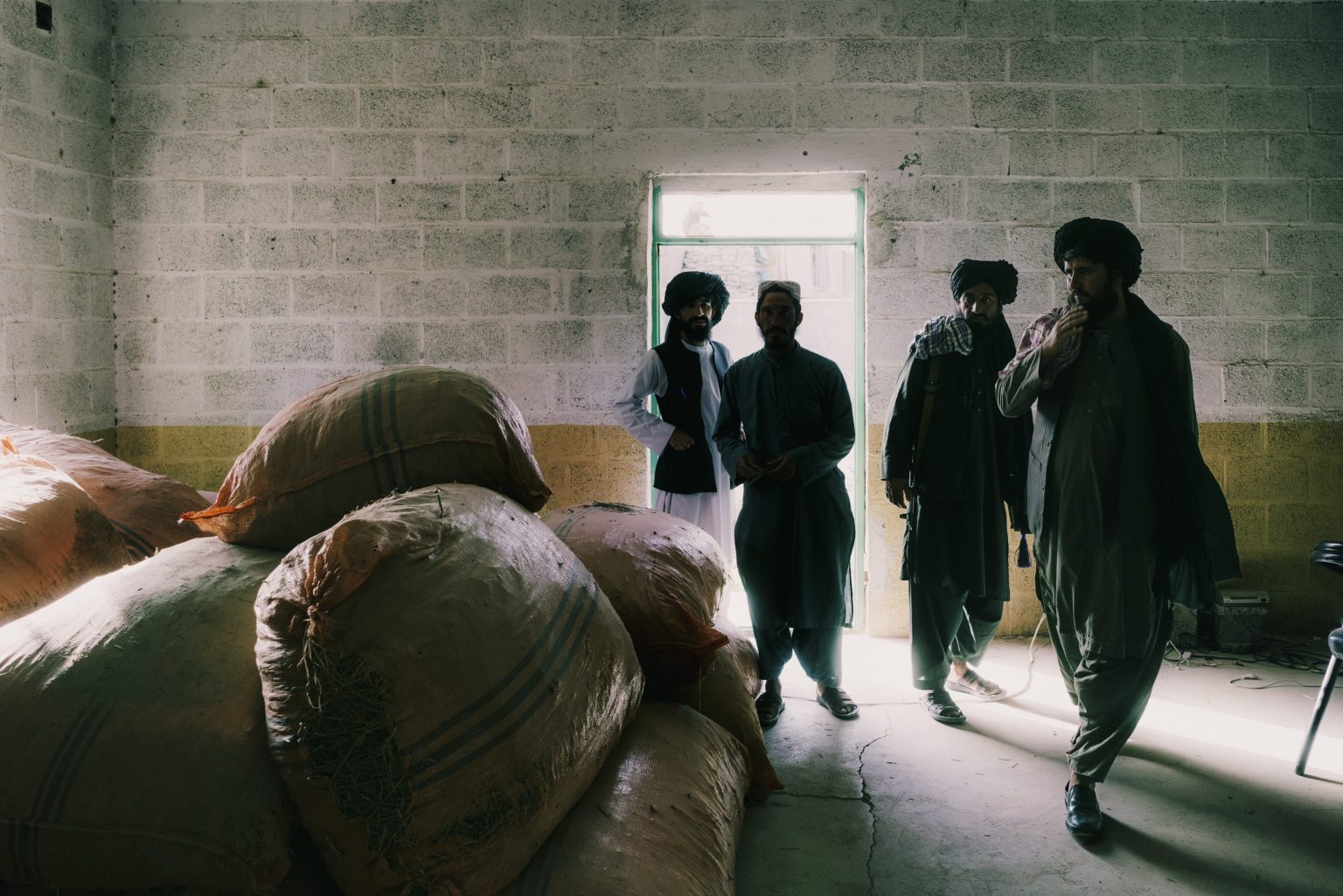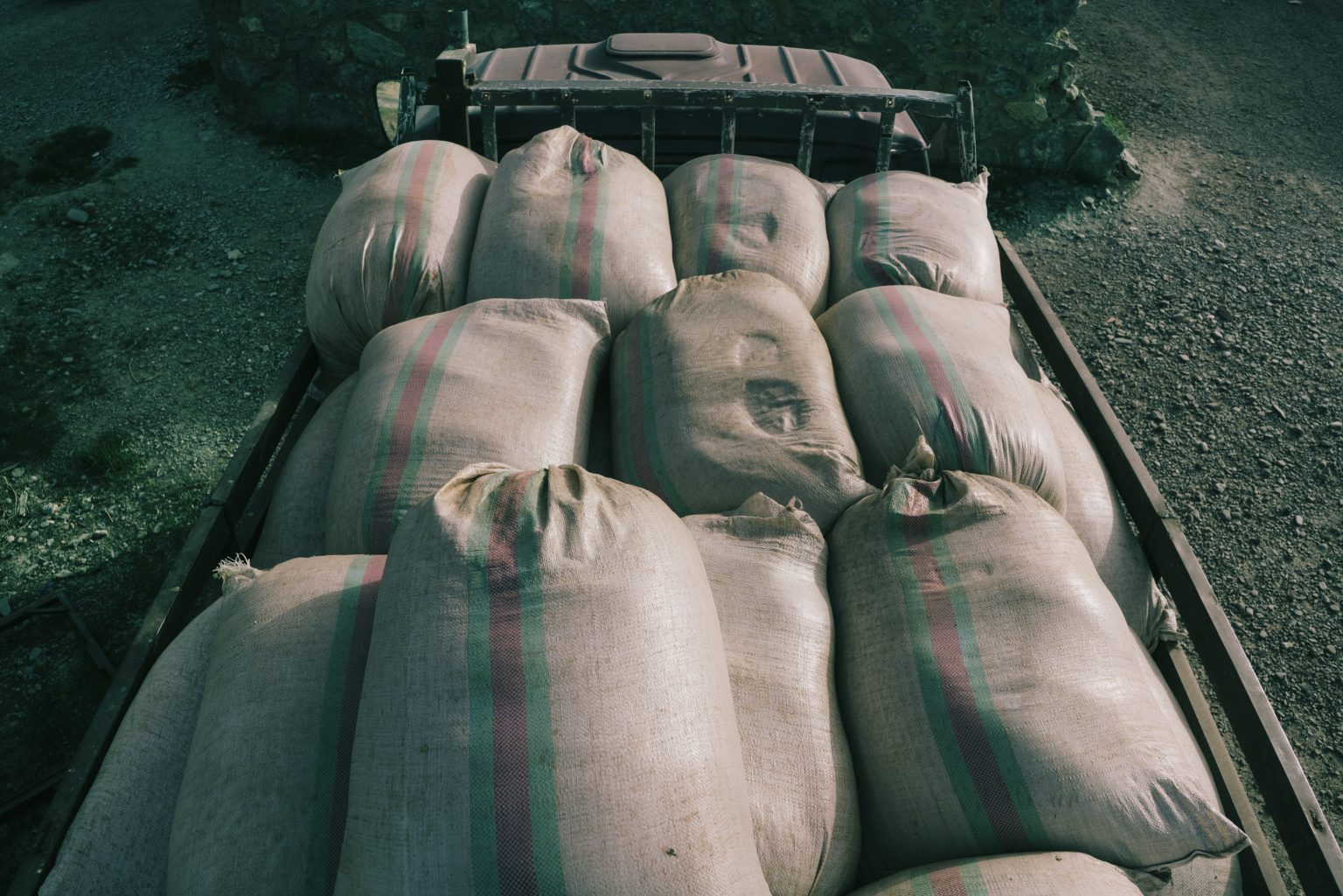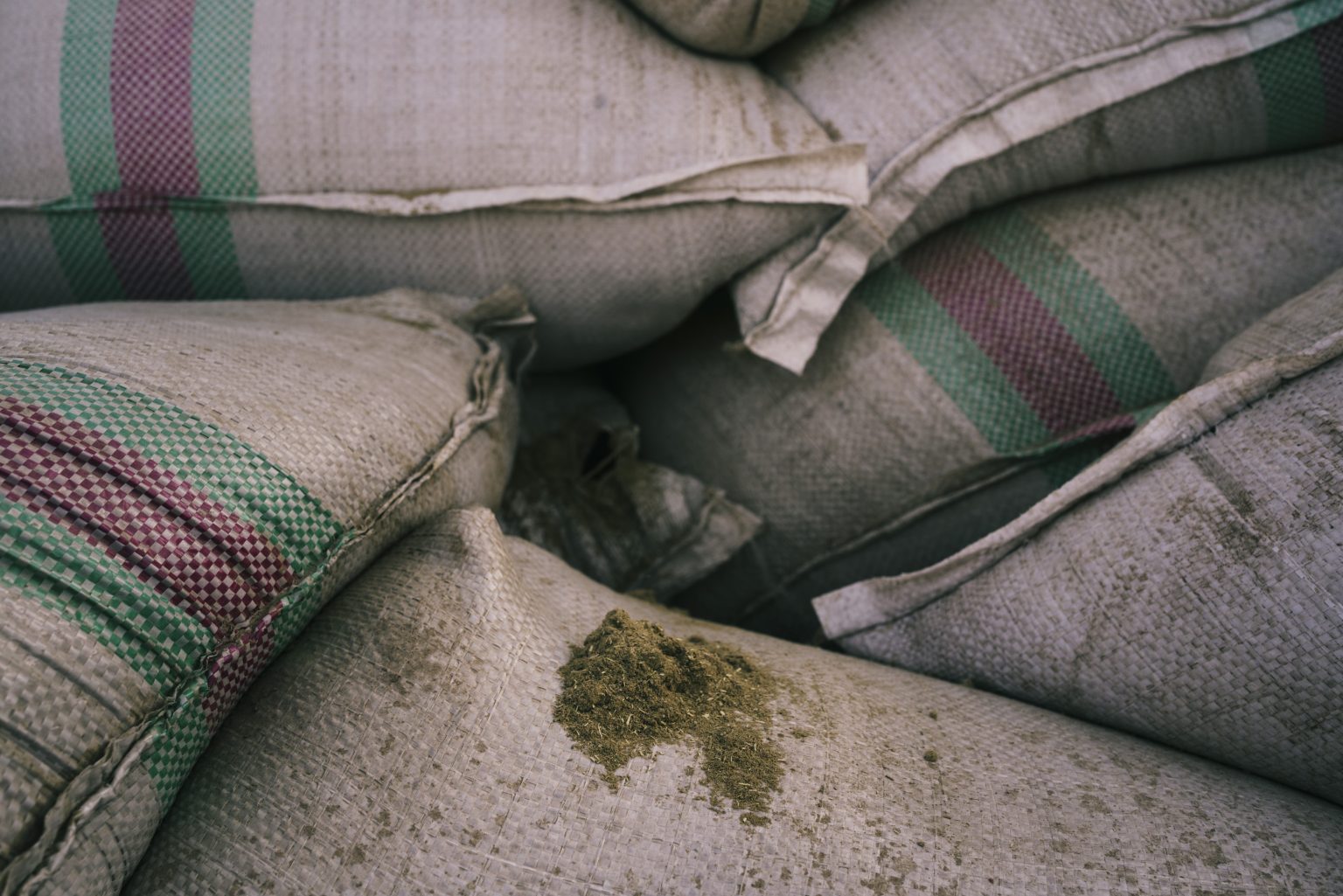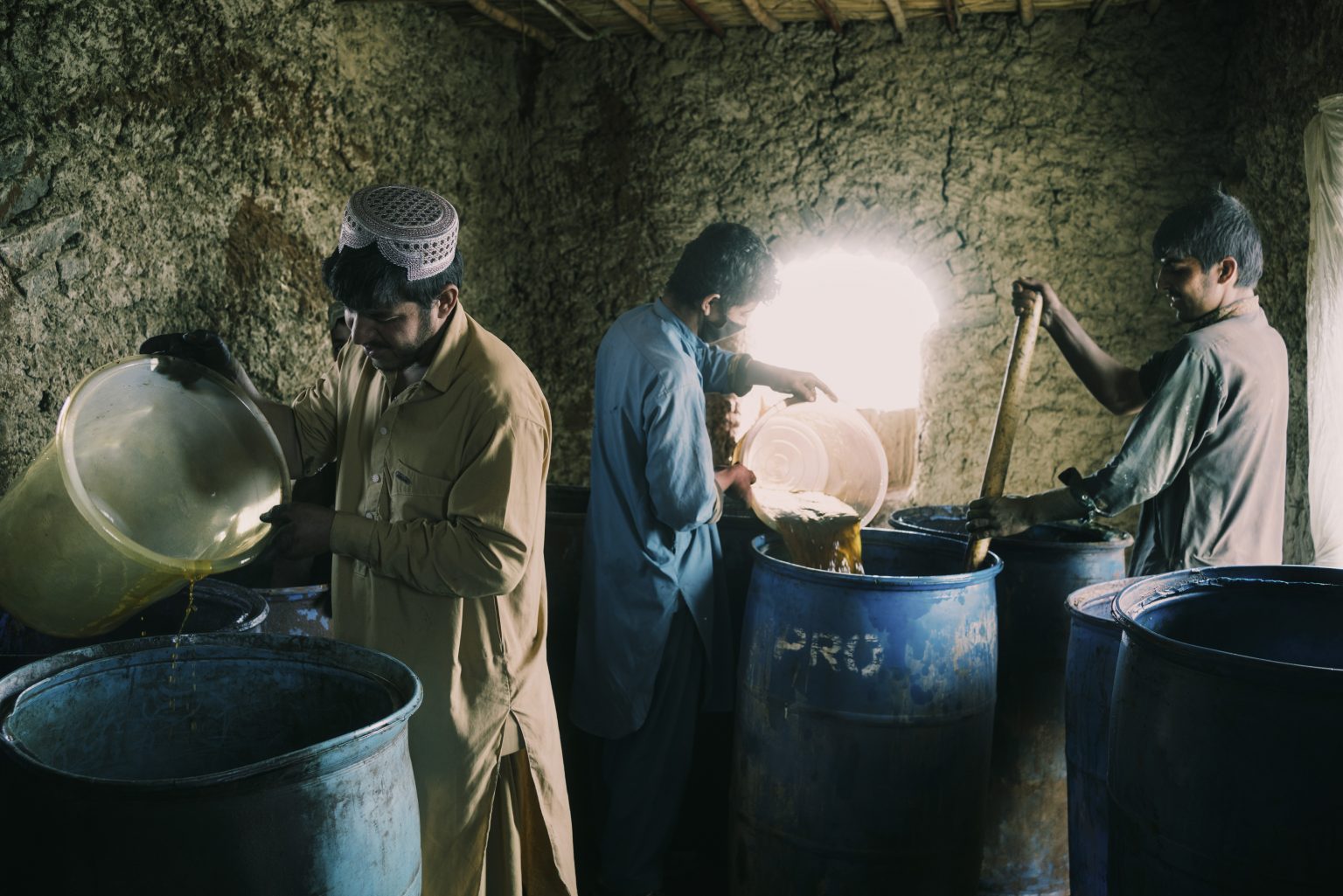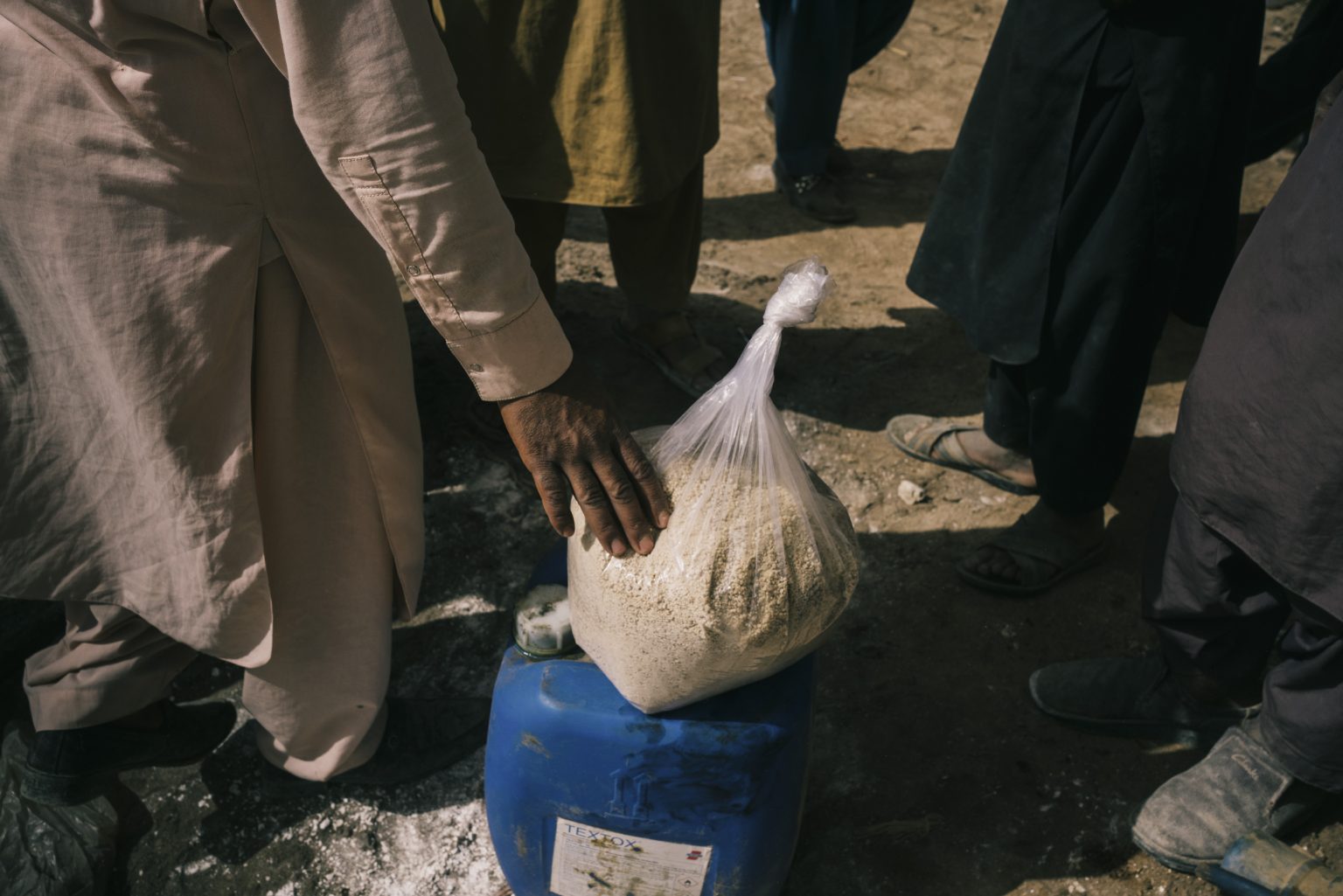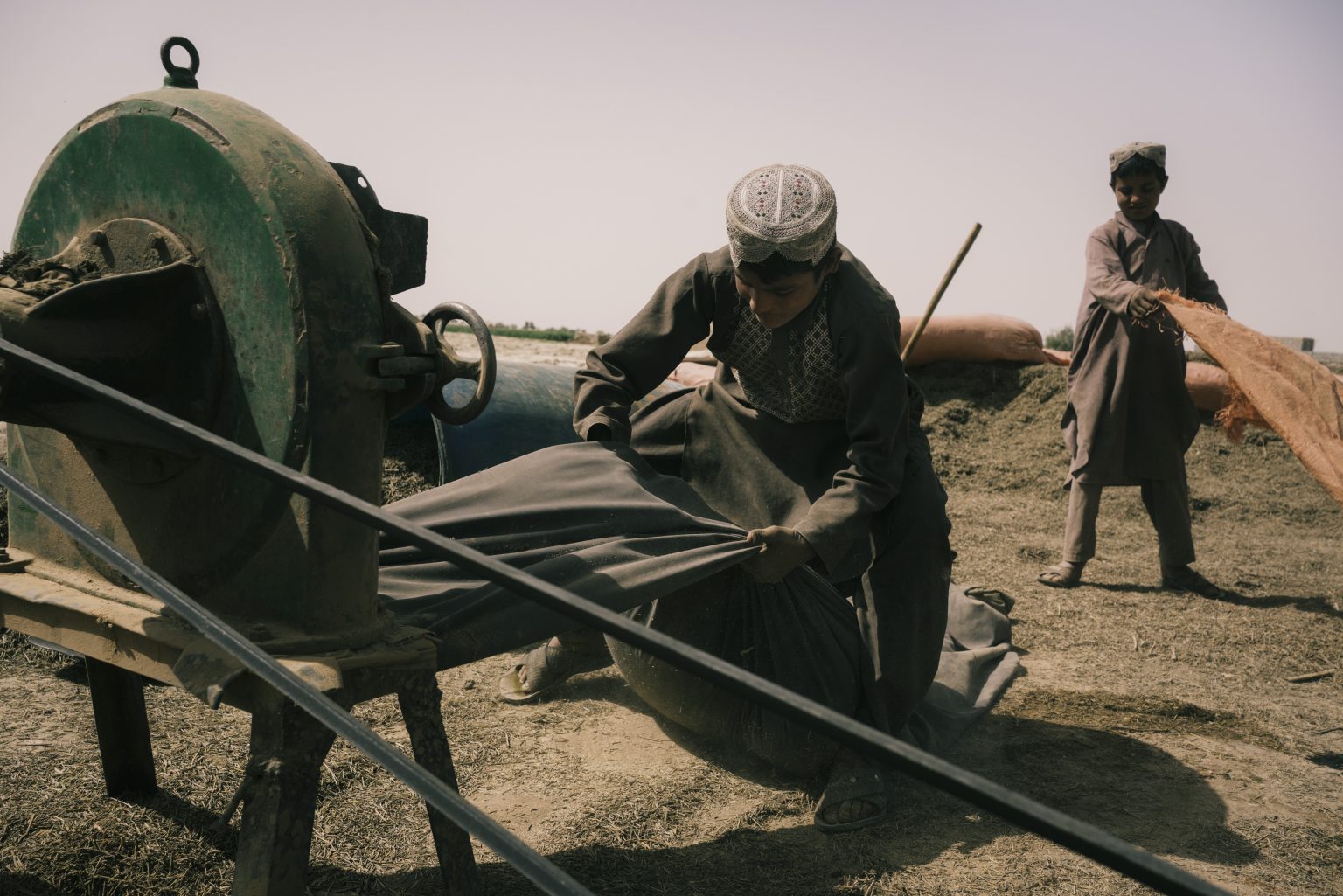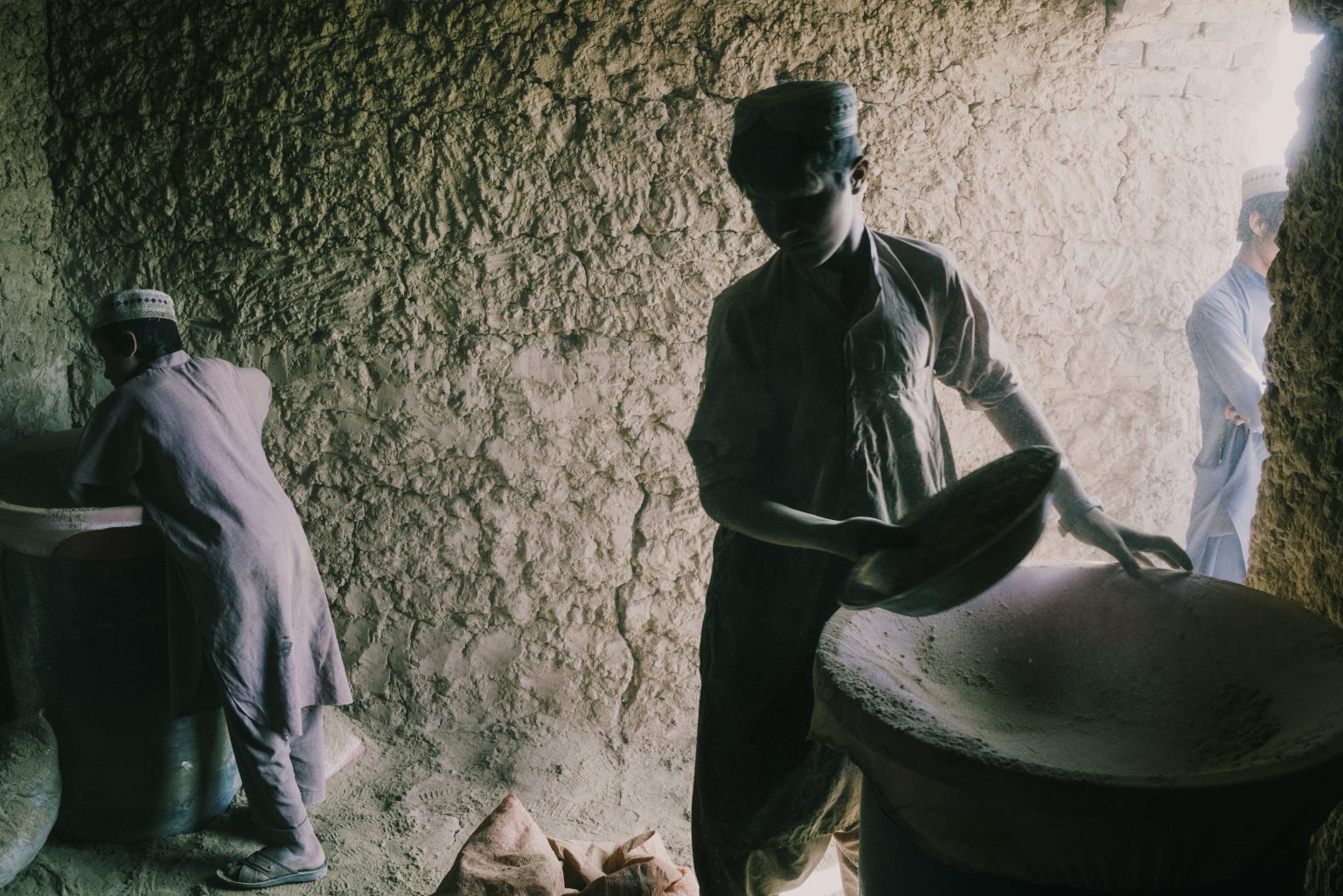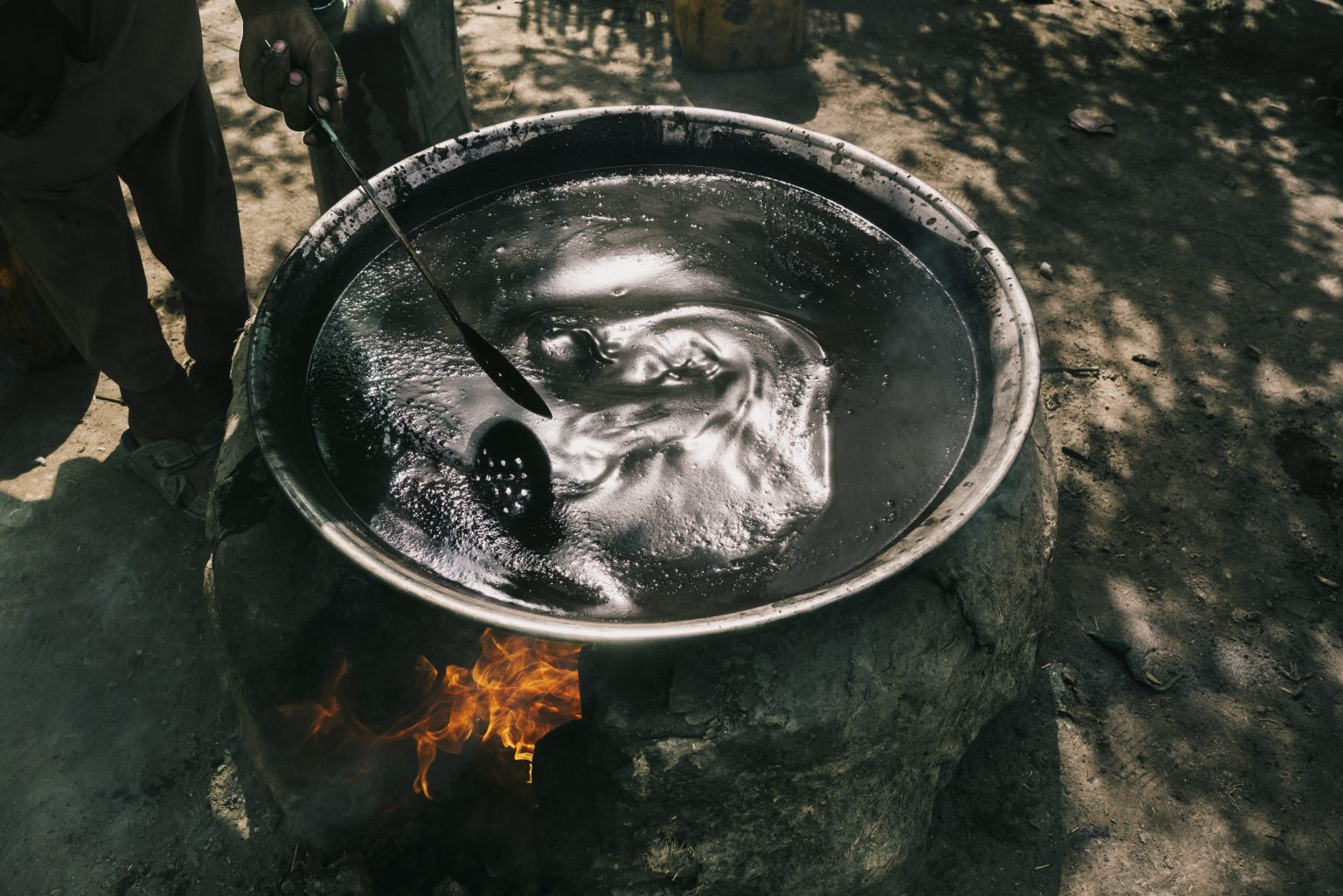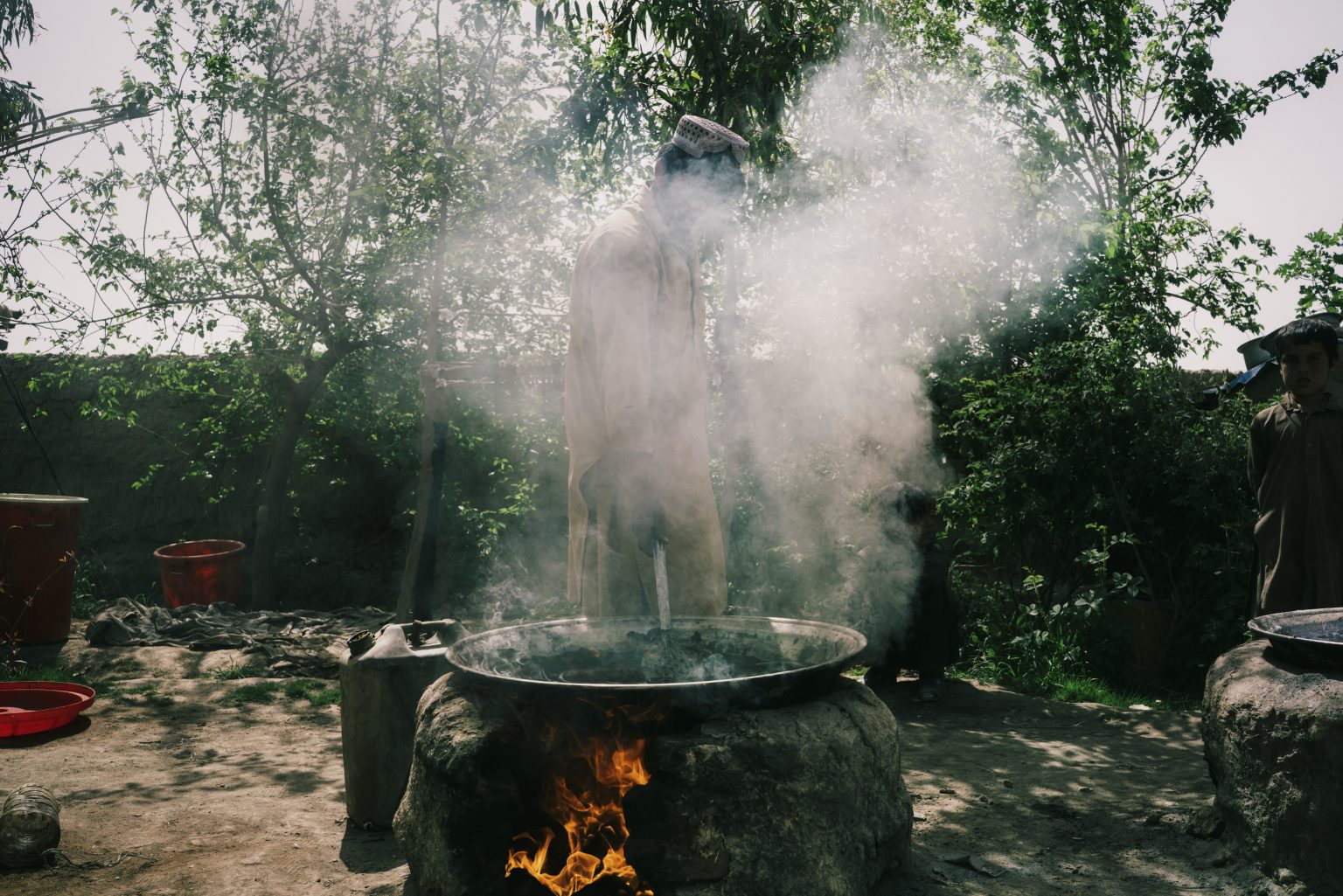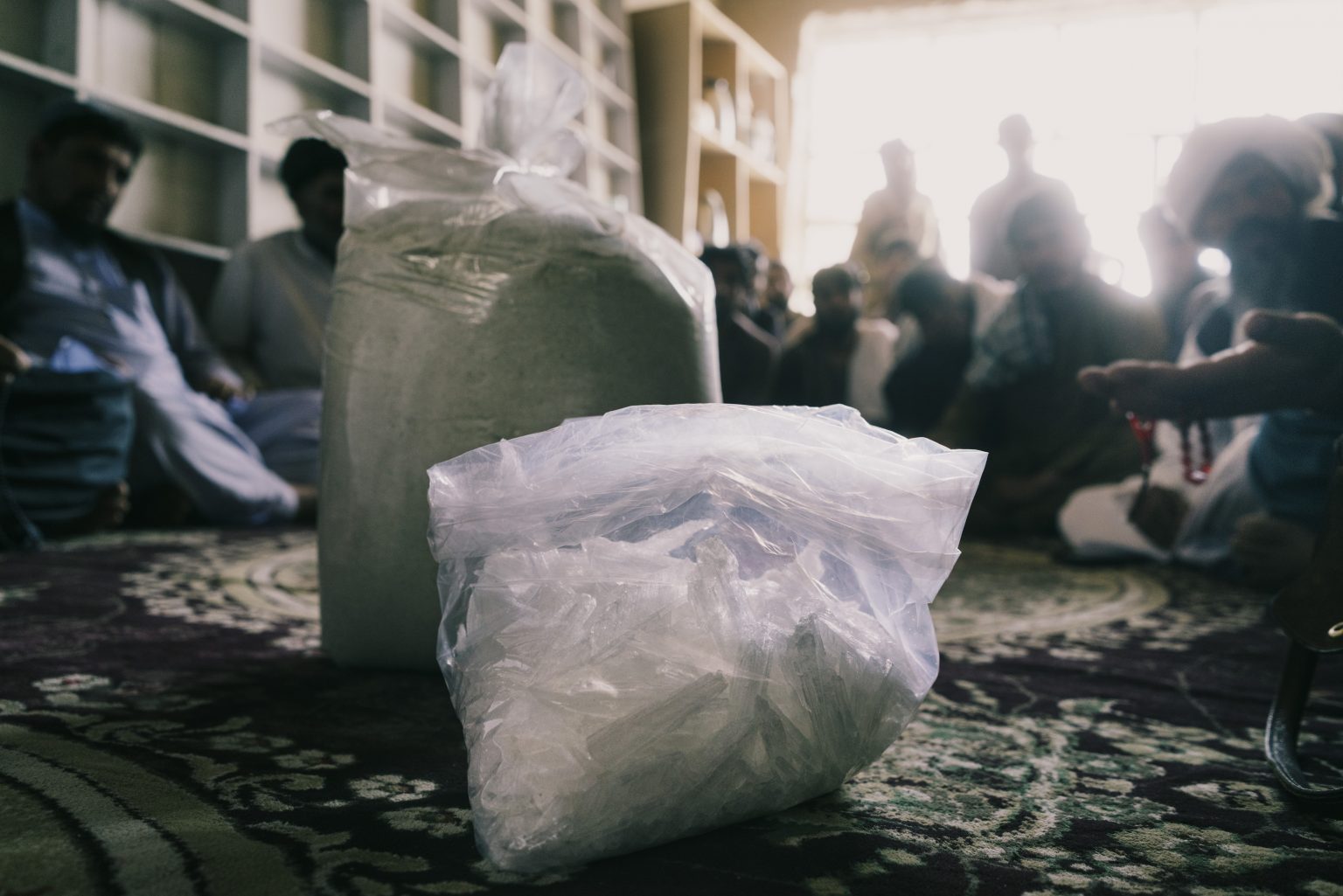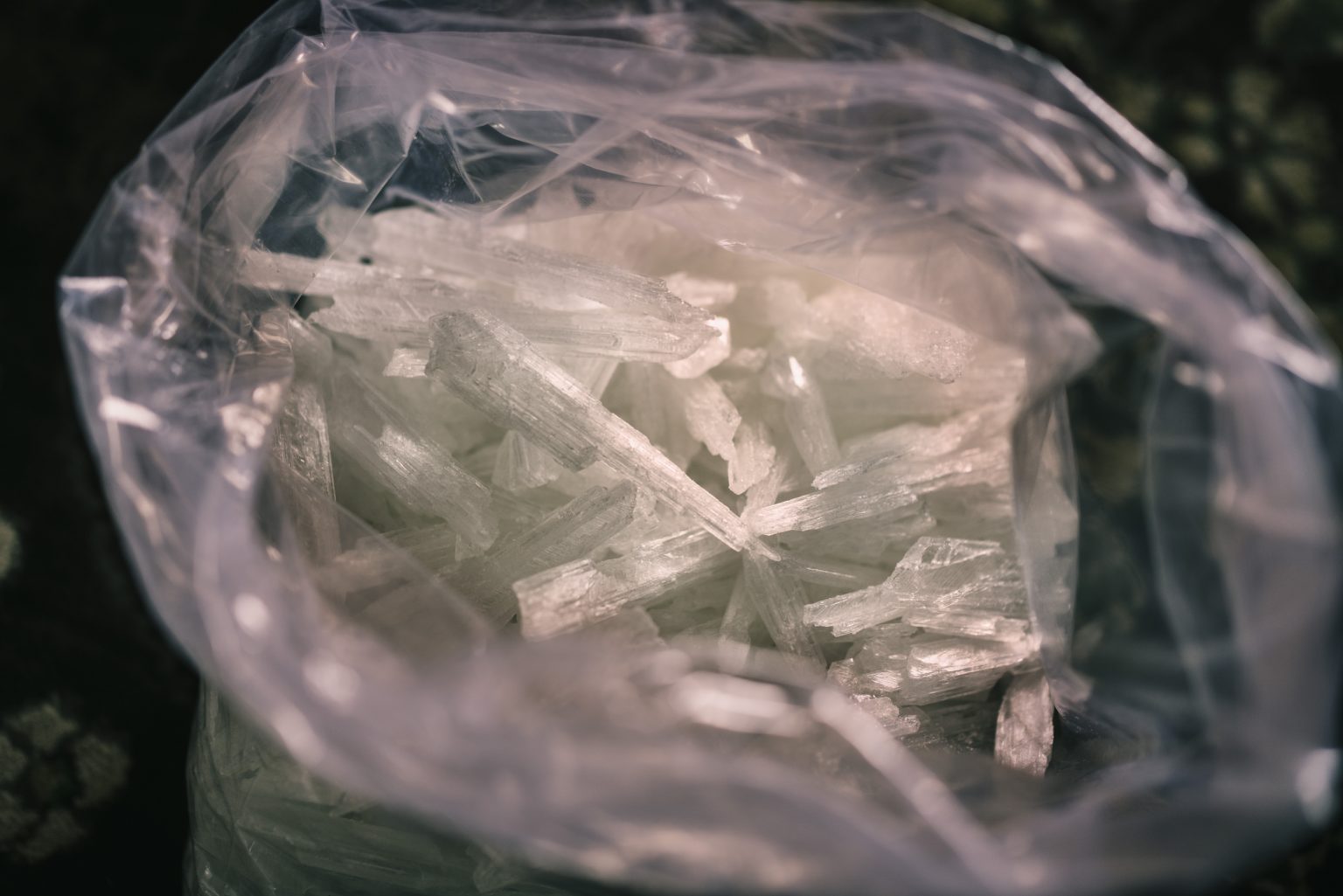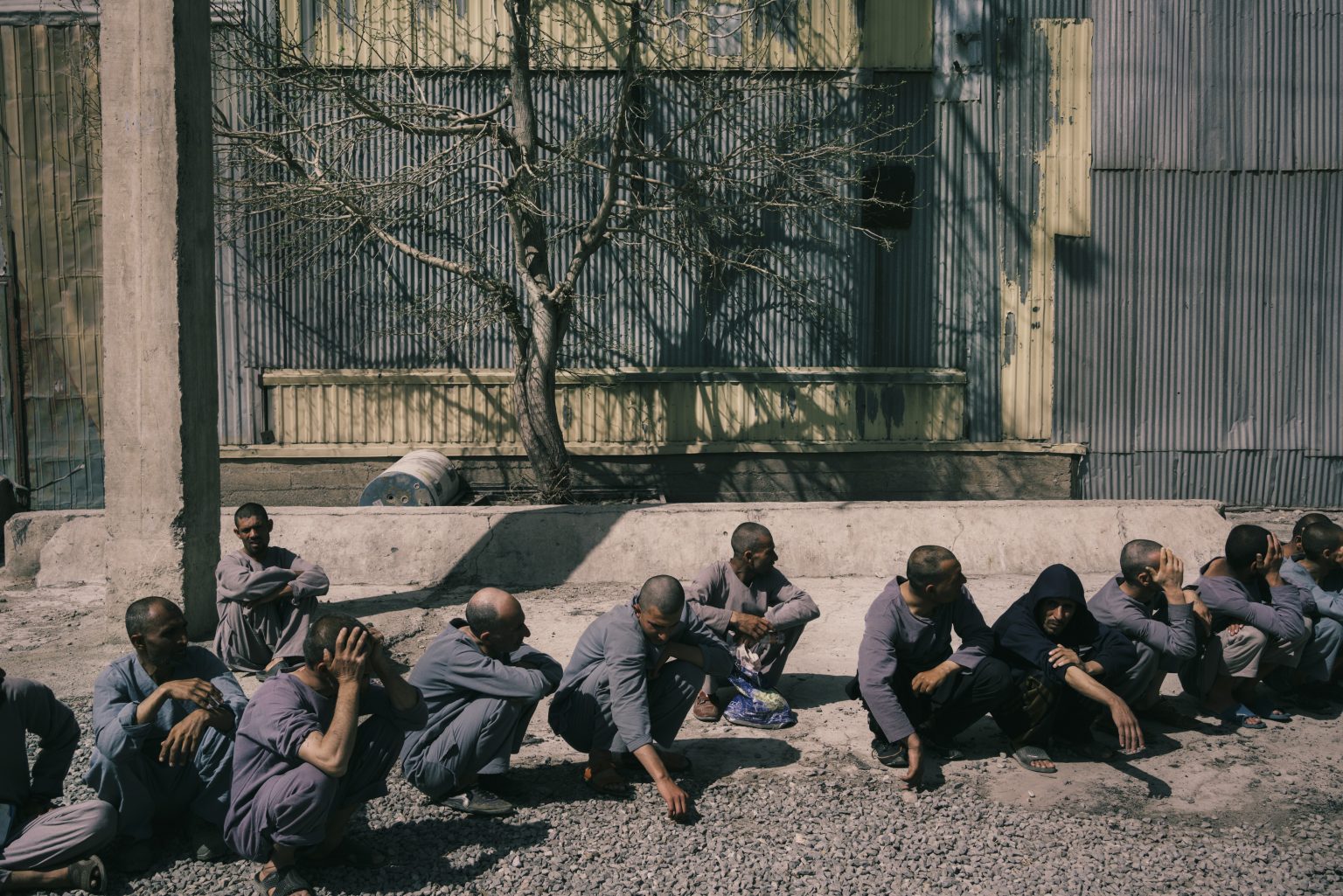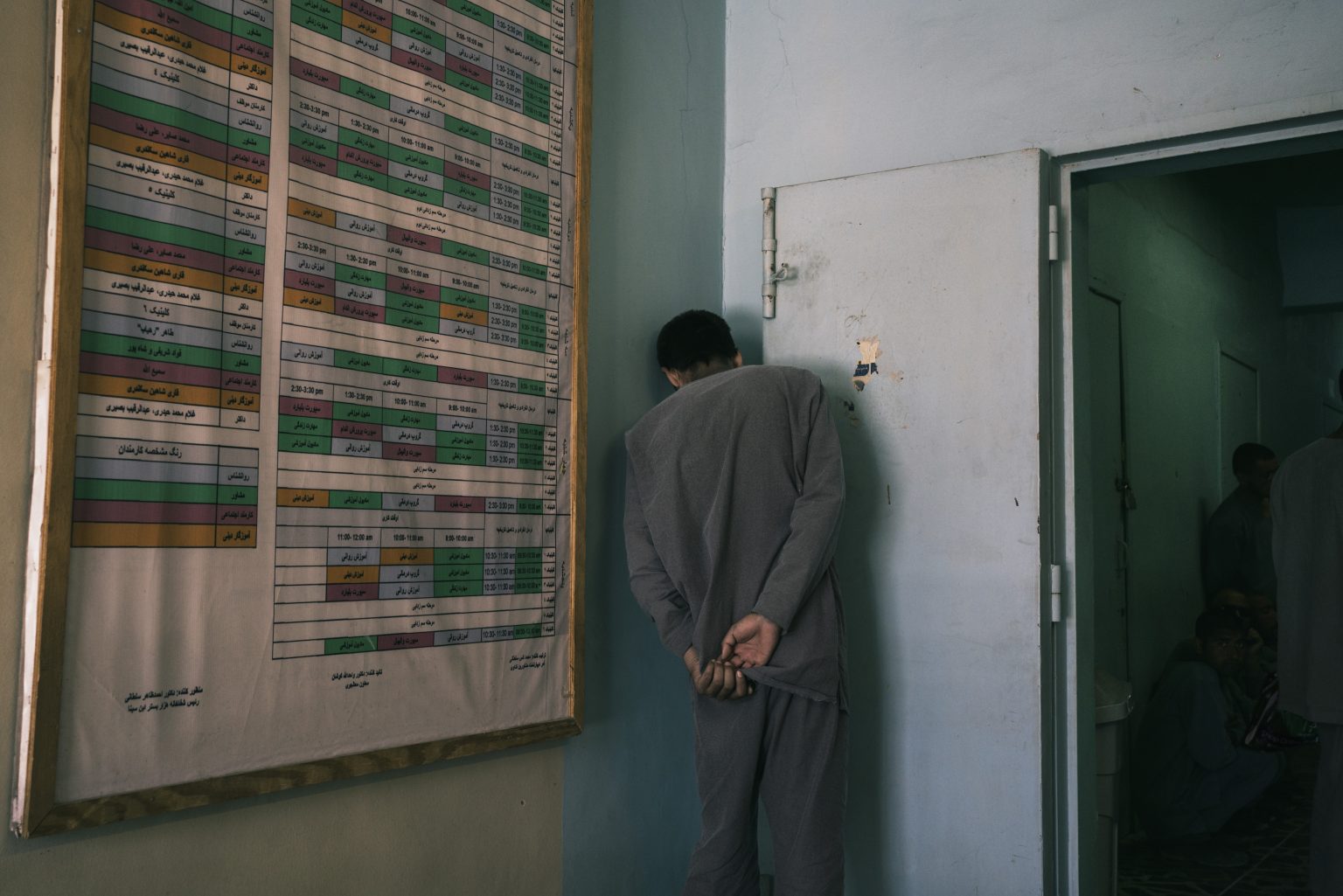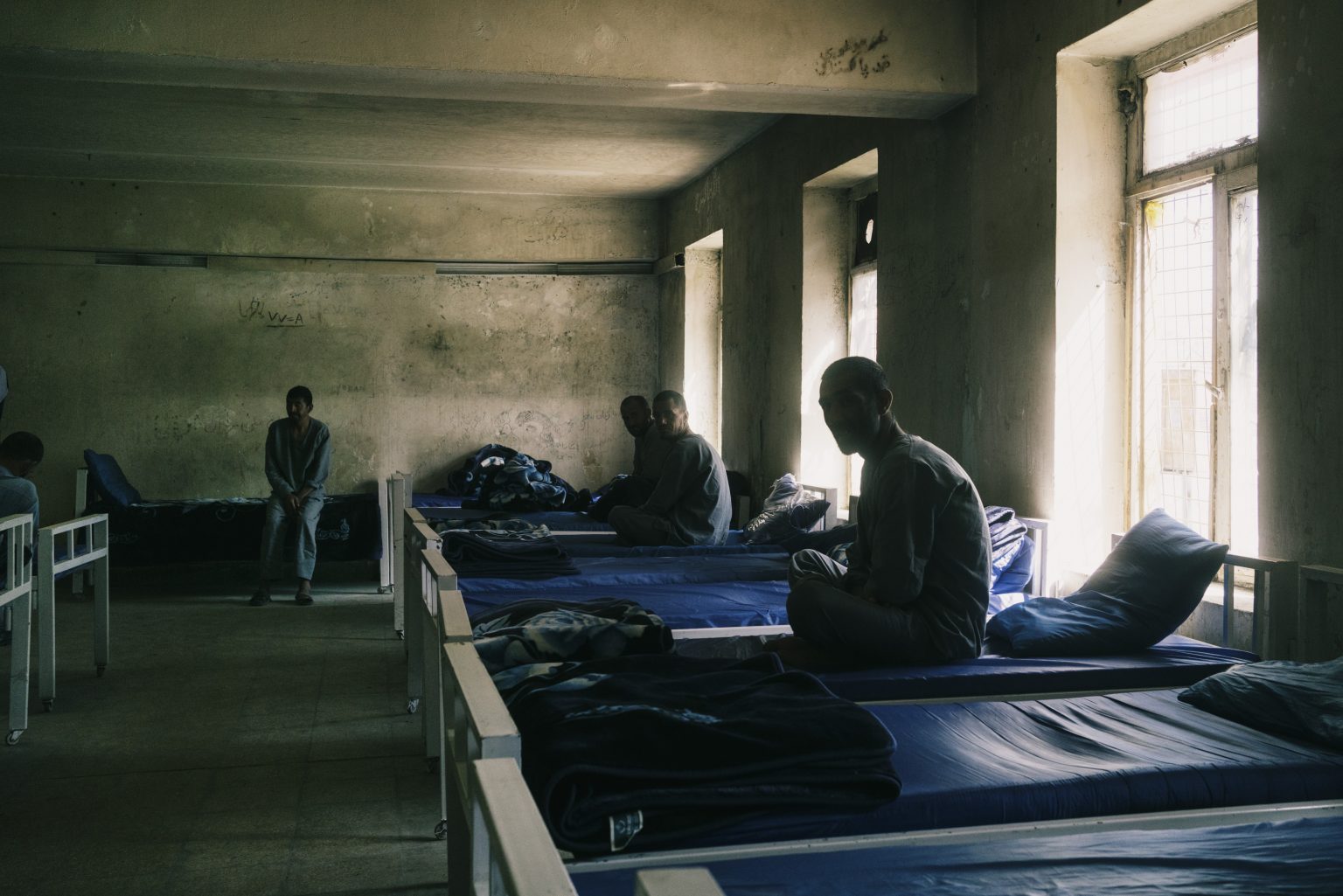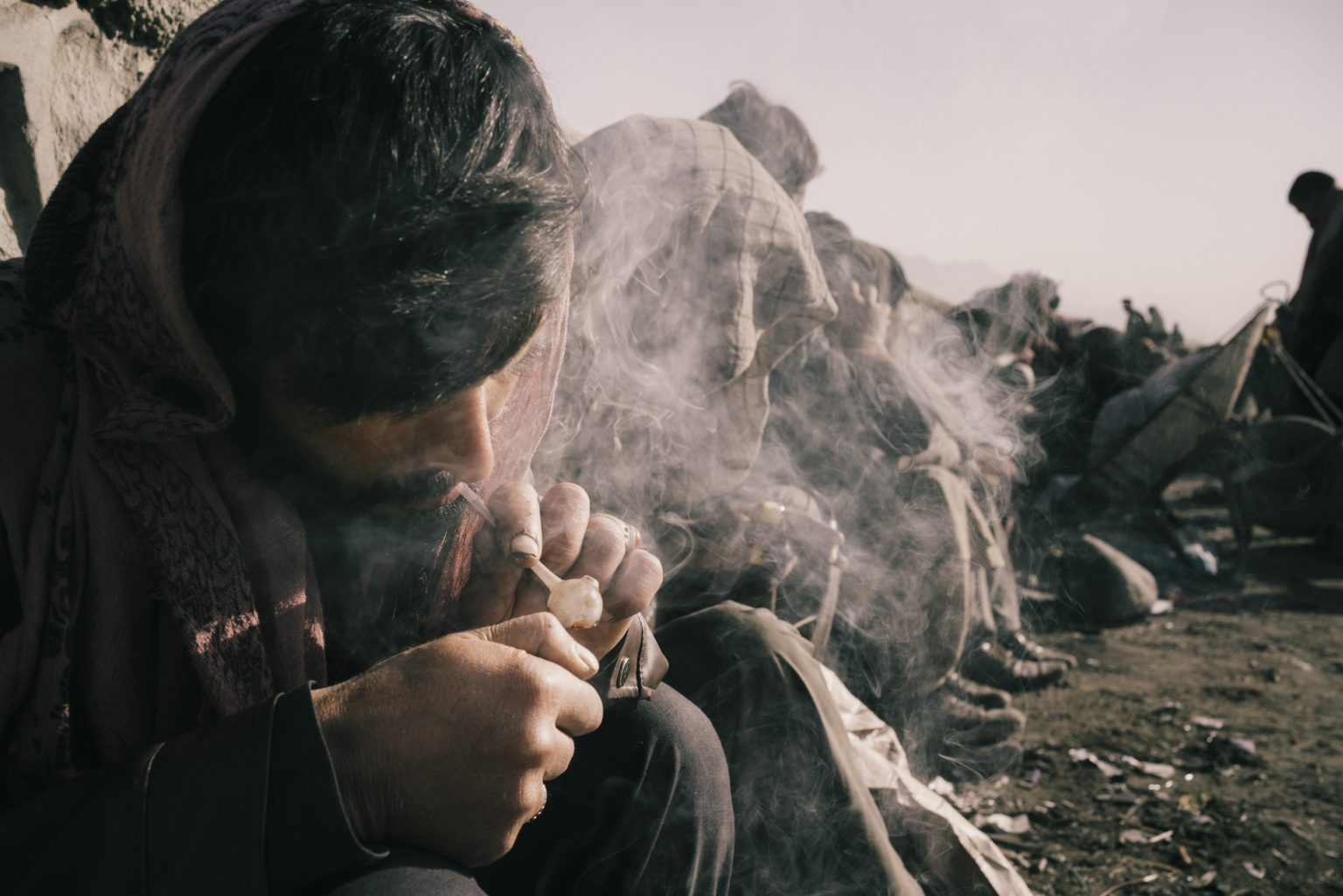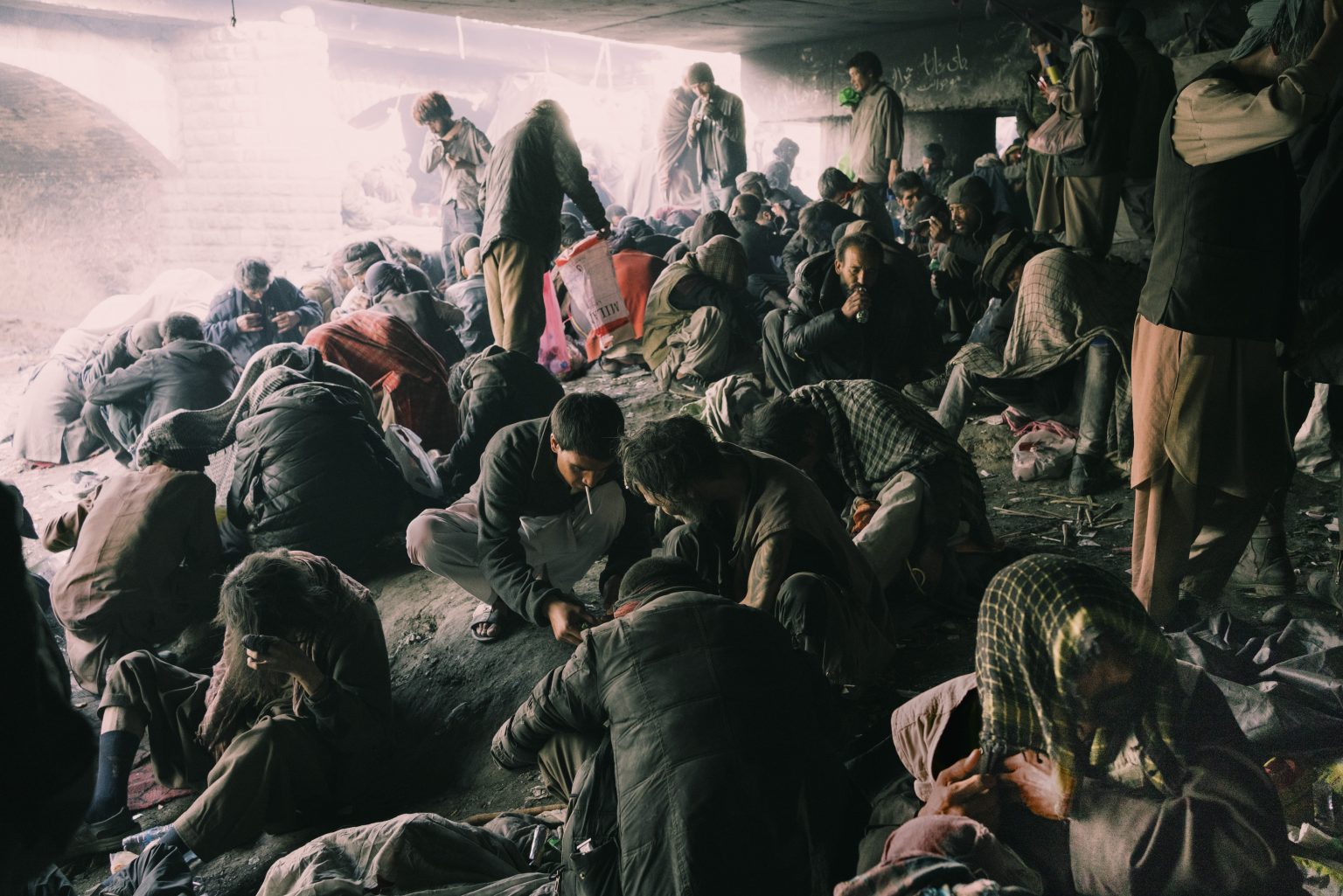Methamphetamine: the new drug trade of Afghanistan
For decades, Afghanistan has been a global hub for opium production, estimated to supply 80 percent of the world’s opiate users. Now its meth industry is growing at breakneck speed, stoking fears among Western experts and officials that, under the Taliban, Afghanistan could become a major supplier as demand rises globally.
Hundreds of meth labs have appeared over the past six years and more are being built each month as the country’s economic crisis forces Afghans to find new sources of income. The vast majority of meth produced is for export, but an increasing number of Afghans are turning to it as their drug of choice.
The sudden boom in meth production came after drug traffickers discovered a native plant called ephedra — known here as Oman — which grows wild and is a natural source of the drug’s key ingredient.
The Taliban issued its first formal ban on the growing, production and distribution of illicit drugs several weeks ago. Yet there is widespread skepticism that the new leadership will eliminate a source of hard cash at a time when the country is almost entirely cut off from the global financial system.
This story was published by The Washington Post on May 2, 2022 and the text above contains excerpts from the original article.

